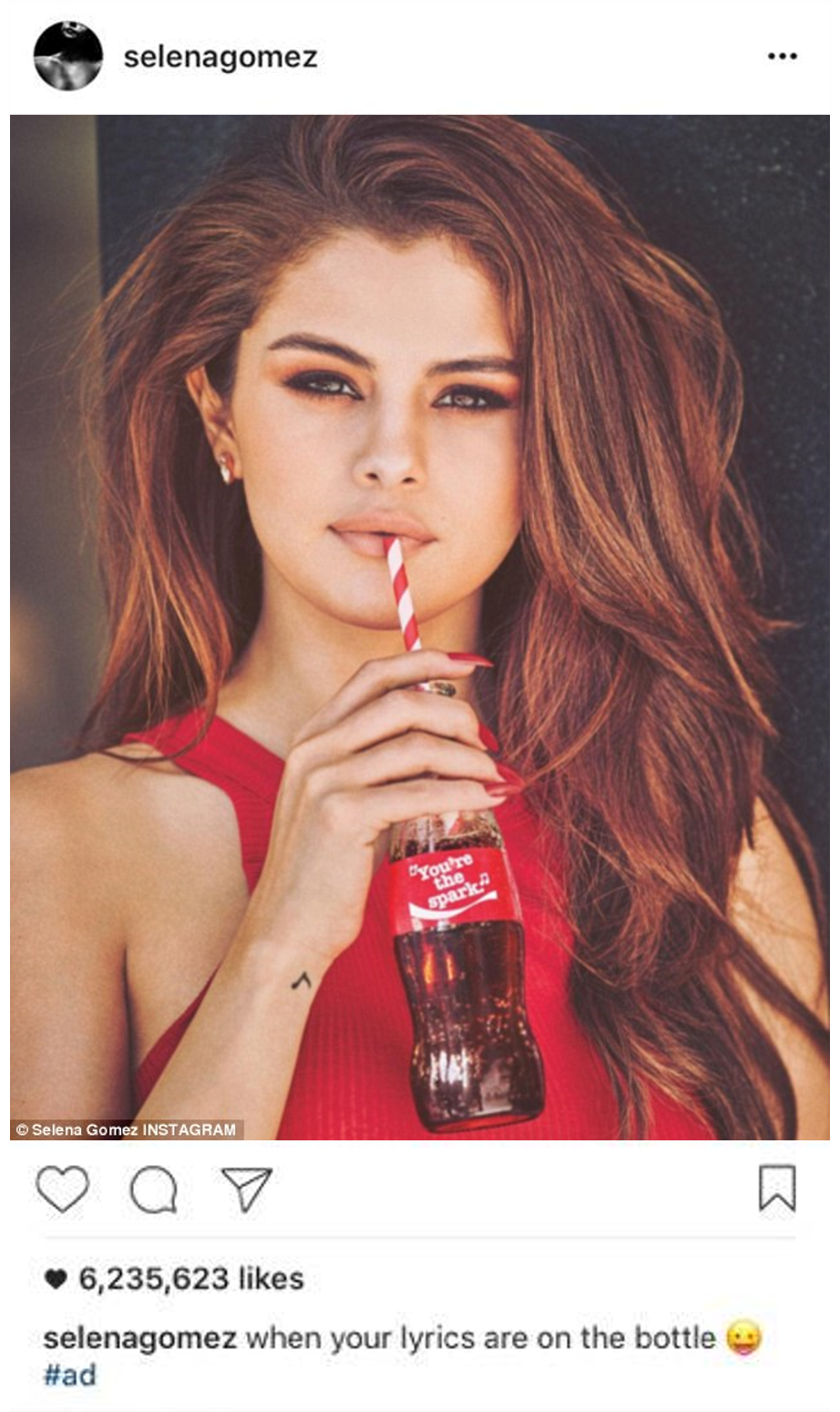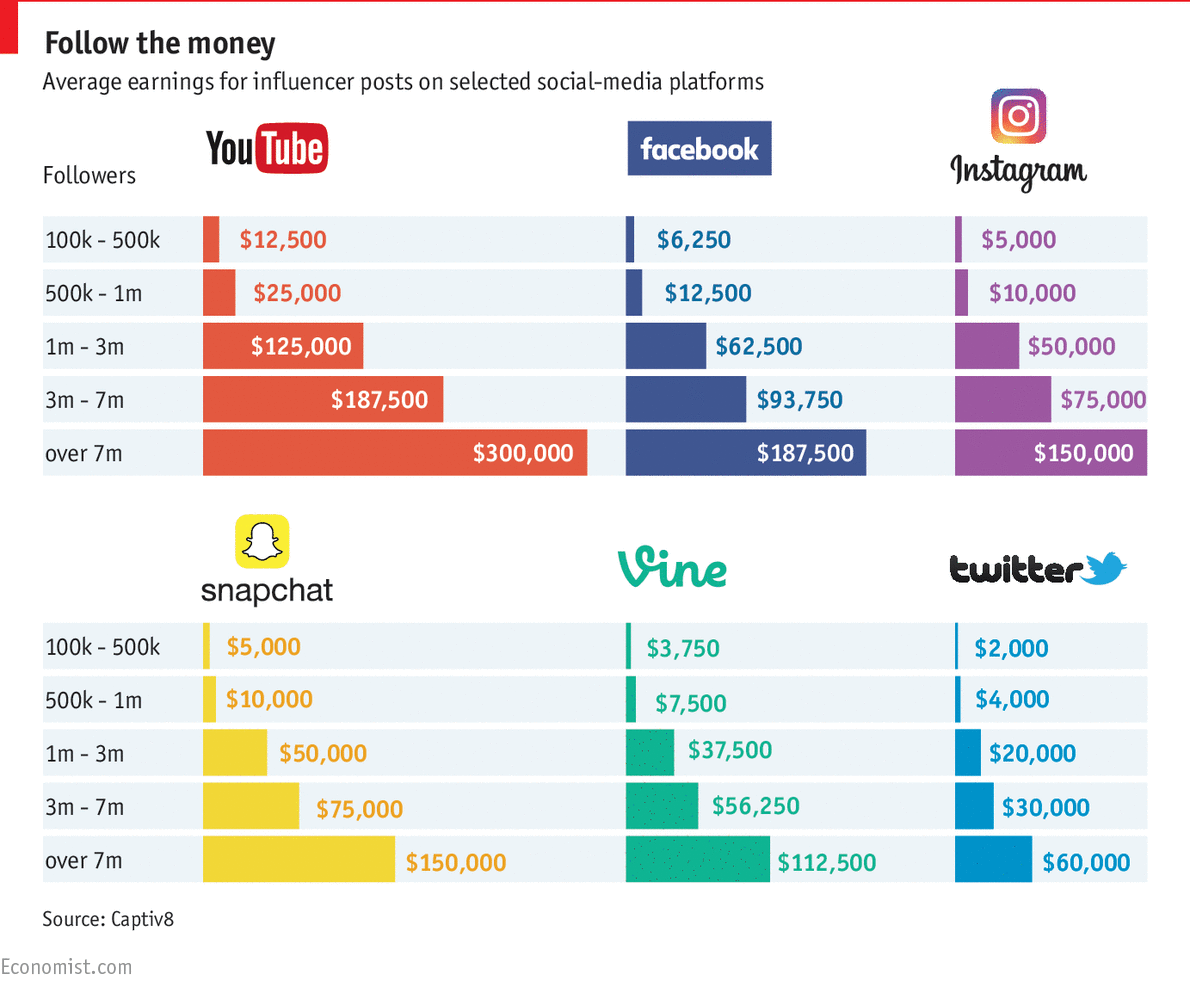Checking-In to Sponsorship with Maps & Social Media
4th July, 2012
With branding and exposure only being part of the modern day sponsorship picture, the focus for brands now lies on new and innovative ways to interact and engage with consumers. Via the use of social media and mapping applications, brands are increasing audience engagement by tapping into their key interests whilst providing the opportunity to play a role and effect change within a campaign.
How are maps and social media being utilised?
Competitions and promotions offer a return for the audience with consumers being tasked with finding clues and unlocking codes in order to be in with a chance to win a reward. The key reason for engagement here, along with the resulting success of the campaign is that this is much more than being entered into a prize draw and getting lucky. Here, consumers are given a platform to compete and earn prizes, rather than simply win them.
Alternatively, games and applications are being used to task the key demographic with using a campaign in order to gain access to exclusive content. Different forms of digital entertainment are generally the ‘bait’ with consumers having the chance to unlock content including videos, music and games.
Example: Competitions
Consumers are now constantly being encouraged to  compete with one another in order to win prizes; a great example of this being Evian’s recent campaign surrounding their 2012 Wimbledon Championships sponsorship. The public were given the opportunity to win tickets to this year’s tournament via hunting down a Wimbledon ball boy at large and checking-in via their social media accounts once finding him and receiving a numbered tennis ball.
compete with one another in order to win prizes; a great example of this being Evian’s recent campaign surrounding their 2012 Wimbledon Championships sponsorship. The public were given the opportunity to win tickets to this year’s tournament via hunting down a Wimbledon ball boy at large and checking-in via their social media accounts once finding him and receiving a numbered tennis ball.
Clues were posted on Evian’s Facebook and Twitter pages as to the ball boy’s whereabouts with a number being announced as the winner of VIP tickets at the end of each day.
Example: Social Gaming
 Thanks to social media, marketers are simply able to launch a campaign and communicate the idea to those closest to the brand, with consumers then doing the leg-work to increase both exposure and engagement.
Thanks to social media, marketers are simply able to launch a campaign and communicate the idea to those closest to the brand, with consumers then doing the leg-work to increase both exposure and engagement.
A perfect example of this would be a campaign mentioned before on the Slingshot blog but a perfect case study all the same: “Decode Jay-Z (Powered by Bing)”.
With Microsoft’s Bing search engine looking to increase their relevance with a younger audience, this campaign consisted of taking pages and scenarios from Jay-Z’s soon-to-be-released autobiography and bringing them to life at the range of locations documented in the book. This included a page printed on the bottom of a Miami swimming pool, plates from Jay-Z’s favourite restaurants and even custom-made Gucci jackets.
 With clues being released daily via Facebook, Twitter and Radio, users were then encouraged to find real-life images of each page in each location using Bing’s Search and Maps tools and piece together the story on a dedicated micro-site for the campaign.
With clues being released daily via Facebook, Twitter and Radio, users were then encouraged to find real-life images of each page in each location using Bing’s Search and Maps tools and piece together the story on a dedicated micro-site for the campaign.
By using a relevant subject relating to the target demographic (Jay-Z), Bing were able to truly engage the audience with play time averaging eleven minutes. With Jay-Z’s Facebook ‘Likes’ increasing by over one million and his Decoded autobiography featuring on the Best Sellers List for nineteen straight weeks, Bing witnessed a visit increase of 11.7% in one month.
Why are such campaigns so successful?
Social media and maps are allowing for a whole new category of marketing in which communication of brand messaging is delegated to key brand fans. The most loyal consumers are now working on behalf of the brand in order to spread the word and pull others into the campaign, whilst encouraging these new ‘recruits’ to go out and do the same.
Unbeknown to the consumer, both brand awareness and credibility are being increased and improved via the use of location tagging, posts and tweets, reviews, image and video uploads and more. This in turn creates a buzz among the target demographic, initiating a mass shift in both brand perception and buying behaviour.
By using a relevant point of interest and in turn heavily engaging the audience, a consumer feels that a brand understands their preferences and will therefore cater to these needs and wants upon using their product or service. Trust, and in turn loyalty, are therefore instilled as the brand builds a reputation for giving the people what they want.
Given the effectiveness of digital marketing campaigns and their increasing role within today’s sponsorship model, consumers can be sure to look forward to more engaging competitions, rewards and exclusive content from their favourite brands in campaigns to come.

 Currently the most liked image on Instagram is a Coca Cola sponsored post from Selena Gomez, with 6.2 million likes and counting. When an influencer seems to genuinely like and use a product on social media it is arguably far more effective to a consumer than traditional advertising, even when that celebrity is featured. What Selena Gomez proves is that when ads are incorporated well, fans respond positively to the brand.
Currently the most liked image on Instagram is a Coca Cola sponsored post from Selena Gomez, with 6.2 million likes and counting. When an influencer seems to genuinely like and use a product on social media it is arguably far more effective to a consumer than traditional advertising, even when that celebrity is featured. What Selena Gomez proves is that when ads are incorporated well, fans respond positively to the brand.



